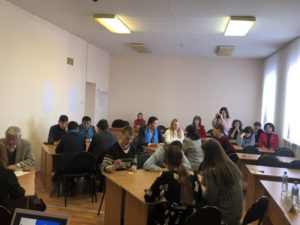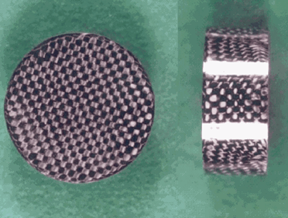The scientific activity of the department is aimed at obtaining and applying new knowledge for:
- solutions to technological, engineering, economic, social, humanitarian and other problems;
- ensuring the functioning of science, technology and production as a single system.
Currently, an unfunded state-funded research project “Methodological and psychological and pedagogical aspects of improving the teaching of natural science disciplines of CSR is being implemented, in which students of the department take an active part along with teachers.
Teaching staff of the department under the guidance of Ph.D. Huanbai E. is engaged in the following main areas of research activity:
Development of laser technology for producing films with high current carrying capacity based on RBaCuO and YBaCuFeO ceramics.
| High-temperature superconductors (HTS) The second generation (2G) RBa2Cu3O7-x ( R = Y, Nd,GD), YBa2Cu3-yalyo7-x have been widely studied and are promising material for practical application in film form. In this regard, the most important scientific and technological task is to develop methods for increasing the current carrying capacity of second-generation film HTSP wires. |
The aim of the project is to develop ways to increase the critical current density and achieve optimal values of the superconducting parameters of 2G HTS films based on complex cuprate oxides RBaCuO (R = Y, La, Nd, Gd) and YBaCuFeO obtained by pulsed laser ablation.
The implementation of the project will ensure the development of laser technology to improve the superconducting properties of second-generation film HTS wires. Potential consumers of the project results may be manufacturing institutions for the production and modernization of electrical devices for energy needs.
The use of the pulsed laser ablation method ensures the production of HTSP films with a high degree of crystal perfection and stoichiometric composition close to the composition of the target. In the work, it is expected to achieve a high value of the critical current density (~10 7A /cm2) of the films. One of the ways to achieve this is to create effective pinning centers.
The benefit of using HTSP 2G with high critical current densities in electrical devices is not only in energy savings of up to 20%, but also in a sharp (4-5 times) reduction in weight and size indicators and metal consumption.
The department constantly participates in various competitions held by the Ministry of Education and Science of the Republic of Kazakhstan.



